-
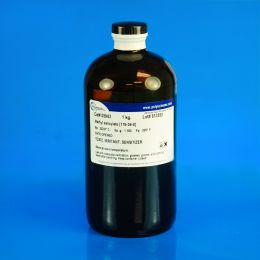 Methyl salicylateCatalog Number 05943
Methyl salicylateCatalog Number 05943Safe tissue clearing agent. Xylene substitute.
(Methyl 2-hydroxybenzoate; Wintergreen oil)
-
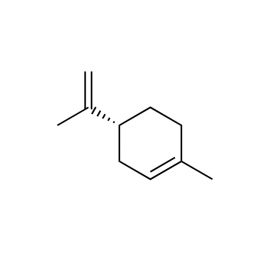 Poly/Clear SolventCatalog Number 17326
Poly/Clear SolventCatalog Number 17326A pleasant citrus odor replaces the strong xylene odor when you switch to Poly/Clear Solvent in your laboratory as your paraffin clearing agent. This low-toxicity material is for use in histology and cytology procedures whenever xylene is used. The high flash point and biodegradability of this product makes it an attractive alternative. Poly/Clear is miscible with solvent based mounting media and solubilizes both Polyfin® and Peel-A-Way®
-
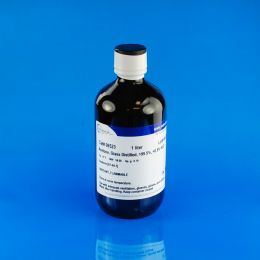 Acetone, Glass Distilled, >99.5%Catalog Number 08523
Acetone, Glass Distilled, >99.5%Catalog Number 08523Acetone can be used for hardening and dehydrating tissues. It can also be used for the extraction of various principles from animal and plant substances.
-
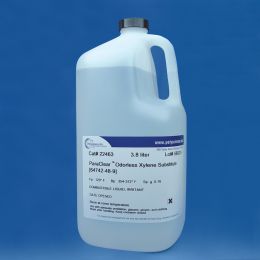 ParaClear Odorless Xylene SubstituteCatalog Number 22463
ParaClear Odorless Xylene SubstituteCatalog Number 22463Naphtha-petroleum derivative that replaces xylene for clearing. It is odorless and presents a low hazard for routine histological processing and staining.
ParaClear will remove alcohol during the final steps of routine tissue processing and is miscible with paraffin for infiltration. It has a higher flash point than xylene, reducing the flammability danger to the laboratory.
-
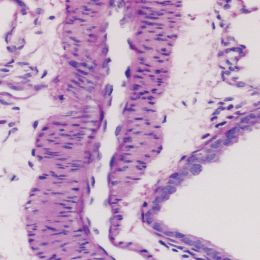 Clear-Advantage Xylene SubstituteCatalog Number 24770
Clear-Advantage Xylene SubstituteCatalog Number 24770Clear-Advantage is a specific fraction of petrochemical derivatives that creates a safer xylene substitute for processing, staining and coverslipping. There are several types of xylene substitutes in the market today including both standard hydrocarbon and citrus limonene types that contain overpowering odors. Clear-Advantage is virtually odorless and offers improved clearing performance compared to these types.
-
 Acetone, EM Grade, 99.5% minimumCatalog Number 01921
Acetone, EM Grade, 99.5% minimumCatalog Number 01921Used for various research needs. It is ideal for use as a fixative for frozen tissue sections for histology. EM grade quality.
-
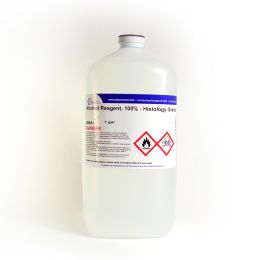 Alcohol Reagent, 100% - Histology GradeCatalog Number 09860
Alcohol Reagent, 100% - Histology GradeCatalog Number 09860Our histology grade Alcohol Reagent is composed of 90 parts ethyl alcohol, 5 parts methyl alcohol and 5 parts isopropyl alcohol, v/v blend. Preferred mixture for dehydrating tissue samples prior to embedding.
Suitable for most histological procedures.
-
 Xylene, histology gradeCatalog Number 08389
Xylene, histology gradeCatalog Number 08389Routine clearing agent. Also used with Canada balsam in oil-immersion microscopy.
-
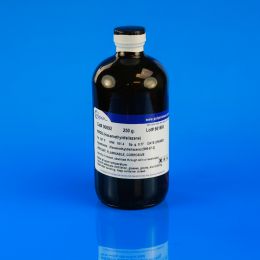 Hexamethyldisilazane (HMDS)Catalog Number 00692
Hexamethyldisilazane (HMDS)Catalog Number 00692Used in place of critical point drying for preparation of soft tissues for SEM observation. Procedure takes 5 minutes as compared to 90 minutes for critical point drying.
-
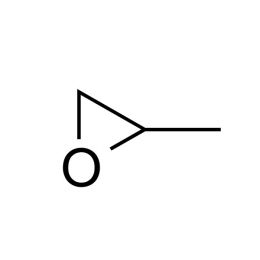 Propylene OxideCatalog Number 00236
Propylene OxideCatalog Number 00236Solvent used in the last stage of dehydration of tissue for epoxy embedding.
-
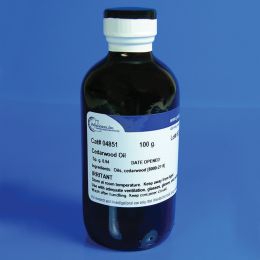 Cedarwood oilCatalog Number 04851
Cedarwood oilCatalog Number 04851Used as immersion oil for light microscopy and for clearing microscope sections.
Clearing & Dehydration Reagents
